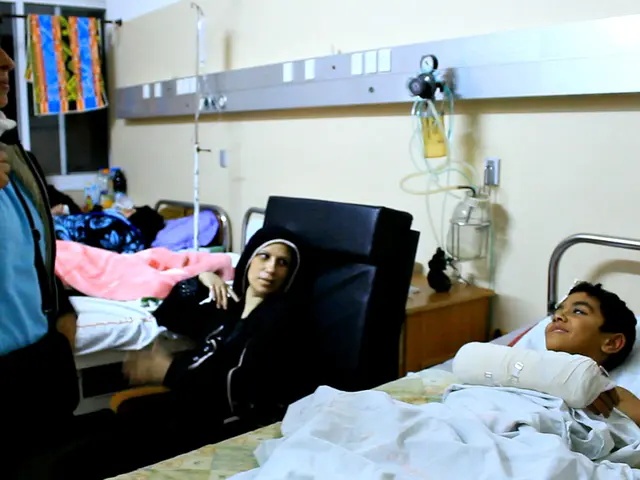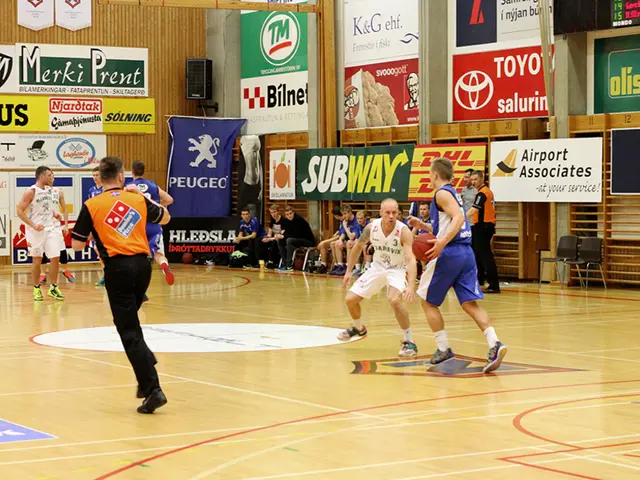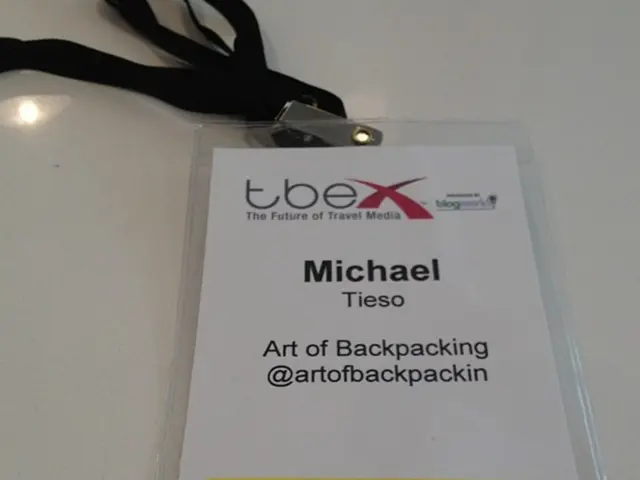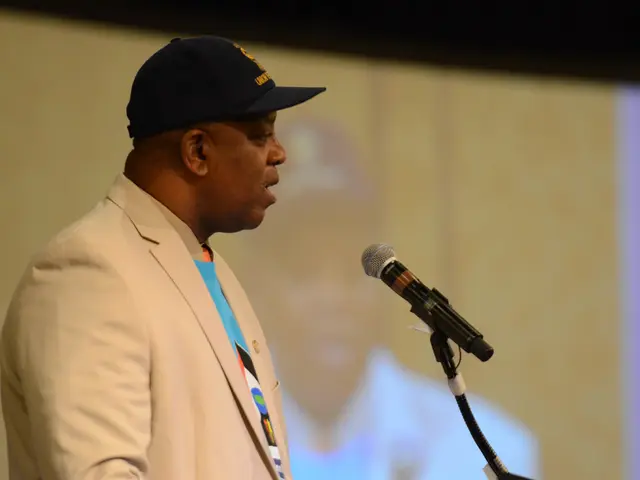Skills Crunch in Green Energy and Renovation: The Chamber of Crafts Sounds the Alarm
The East Mecklenburg-Vorpommern Chamber of Skilled Crafts (HWK) has issued a stark warning about a looming shortage of skilled workers in the realm of climate transition. According to HWK President Axel Hochschild, speaking at the HWK general assembly in Rostock last weekend, there aren't enough specialists to handle tasks like installing charging stations, setting up photovoltaic systems, or renovating houses.
In their own region, the Chamber recorded a 9.2% increase in new training contracts in November, amounting to 1,400 new contracts. However, Hochschild reminds us that this increase isn't enough to fill the skills gap. The HWK plenary assembly called for a boost in career guidance support from the state, citing Saxony-Anhalt as a model. In that state, the government offers an internship bonus of 120 euros per week. The potential of 2.6 million young people nationwide without vocational training presents an untapped resource that needs to be harnessed urgently.
As the economic slump slows down the construction sector, the HWK plenary assembly advocated for measures to reduce costs and expedite planning and approval procedures to keep pace with the times.
To tackle the issue of skills shortage in sustainable energy systems and renovation work, governements and educational institutions can employ the following strategies:
- Emphasizing green skills training: This requires investments in education and training programs focusing on environmental protection, resource conservation, and sustainable development.
- Encouraging adaptable and flexible training: Given the rapid technological changes in the green economy, programs should continuously update skills and knowledge to keep pace with the evolving labor market.
- Raising awareness: Outreach programs and career fairs can help spread the word about opportunities in the green economy, attracting more individuals to pursue a career in sustainable energy and renovation.
- Ensuring training accessibility: Online learning platforms and community-based programs can make green skills training more accessible to individuals from diverse backgrounds.
- Forming partnerships between educators and employers: Industry-academia collaborations through apprenticeships, internships, and multi-stage training programs cater to various proficiency levels, fostering a skilled workforce for the future.
- Implementing supportive policies: Policies like the internship bonus present an opportunity to provide additional support for bridging the skills gap by encouraging students to gain practical experience.
- Adopting dual vocational education and training (VET) systems: Countries like Germany have implemented effective dual VET systems combining practical on-the-job training with theoretical education, preparing apprentices well for various roles, including green roofs and water retention roofs.
By adhering to these strategies, governments and educational institutions can meaningfully address the skills gap in sustainable energy systems and renovation work, ensuring a more sustainable future and a skilled workforce that is poised to support it.








